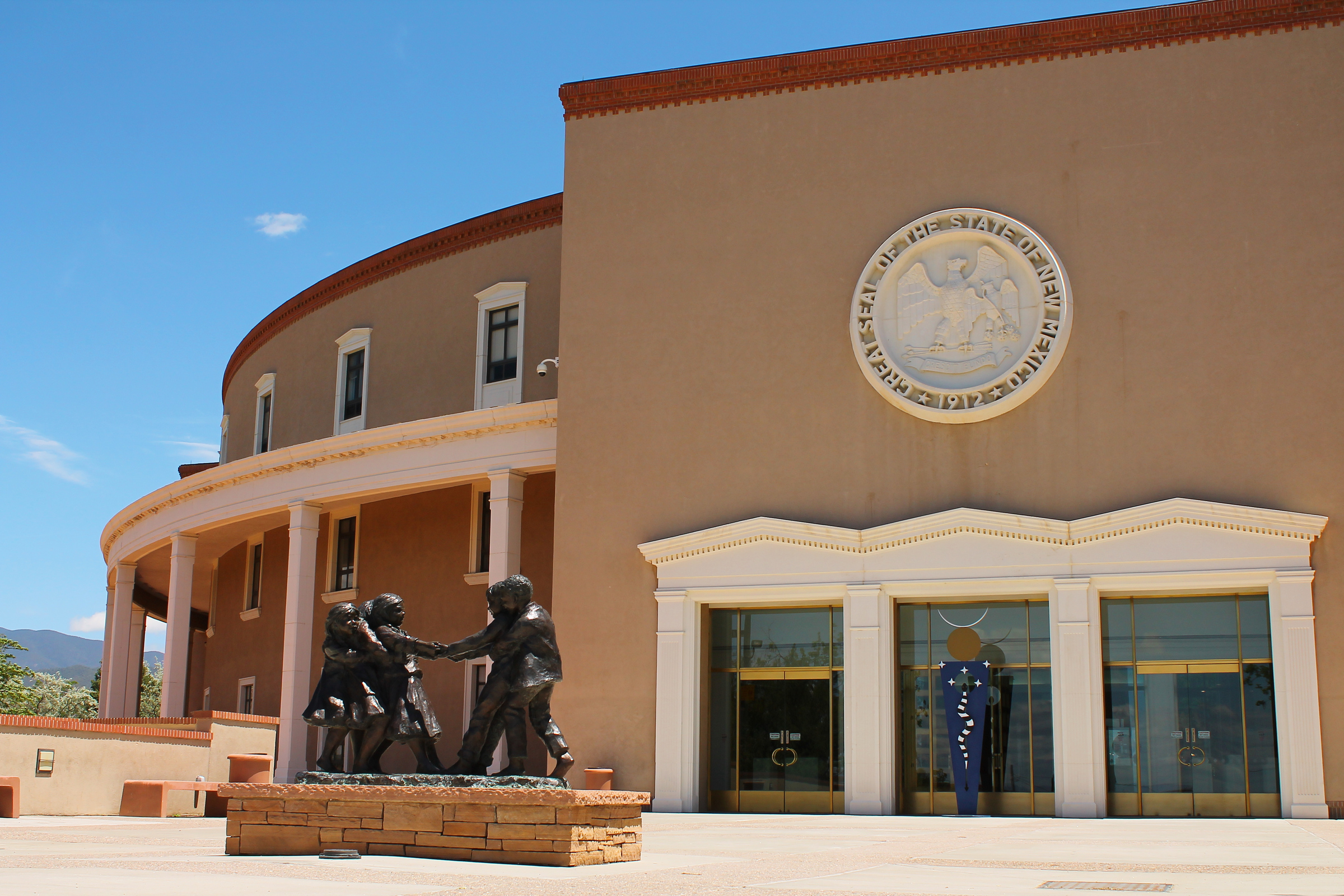Environmental Database Act aims to increase transparency for publicly-available state data
A transparency bill that would make it easier for the public to access environmental data is awaiting the governor’s signature.
HB 51, the Environmental Database Act, aims to make data that is already available through state agencies easily accessible at a single location.
While the information that would be included in the database is already publicly available, Judy Calman, New Mexico Director of Policy for Audubon Southwest, said there is a difference between available and accessible.
Calman drafted the bill, which was sponsored by state Representatives Gail Chasey, D-Albuquerque, and Rep. Georgene Louis, D-Albuquerque, and Sen. Mimi Stewart, D-Albuquerque..
The bill would create a central map-based database where the public could freely view the information.
“What we wanted was for all the basic data that we have to be in one place and on one map so that anyone, including the agencies, could just zoom in on an area of interest,” Calman said.
Nora Meyers Sackett, a spokesperson for the governor’s office, said the office is still analyzing and reviewing the legislation that received approval by both the House of Representatives and the Senate.
If signed, Natural Heritage New Mexico, a division of the Museum of Southwestern Biology and the University of New Mexico, would host and manage the database.
The information available in the database would come from seven New Mexico agencies: the Energy, Minerals and Natural Resources Department, the Environment Department, the State Land Office, the Department of Health, the Department of Game and Fish, the Public Regulation Commission and the Historic Preservation Division within the Department of Cultural Affairs.
Calman said the database would make it easier for state departments to see the cumulative impact of activities in certain areas and to plan for future development.
She gave an example of permitting for a solar project. State agencies and developers would be able to pull up information about what species are in the area as well as any nearby oil and gas wells or waterways.
“That way they could sort of understand the implications of putting a project there,” she said. “Or, in an alternative, understand what they would have to do to that project to make sure that species aren’t impacted.”
The bill specifies what data each agency would provide for the map database. For example, the Department of Health would provide child asthma rates by ZIP code, poverty rates and health impact assessments and the PRC would provide transmission line locations.
Confidential information and sensitive biological information would not be included on the database. It also includes measures to protect sensitive archaeological and cultural sites.
If signed into law, the database will be available for public use no later than July 1, 2022.
This article was originally posted on Environmental Database Act aims to increase transparency for publicly-available state data


